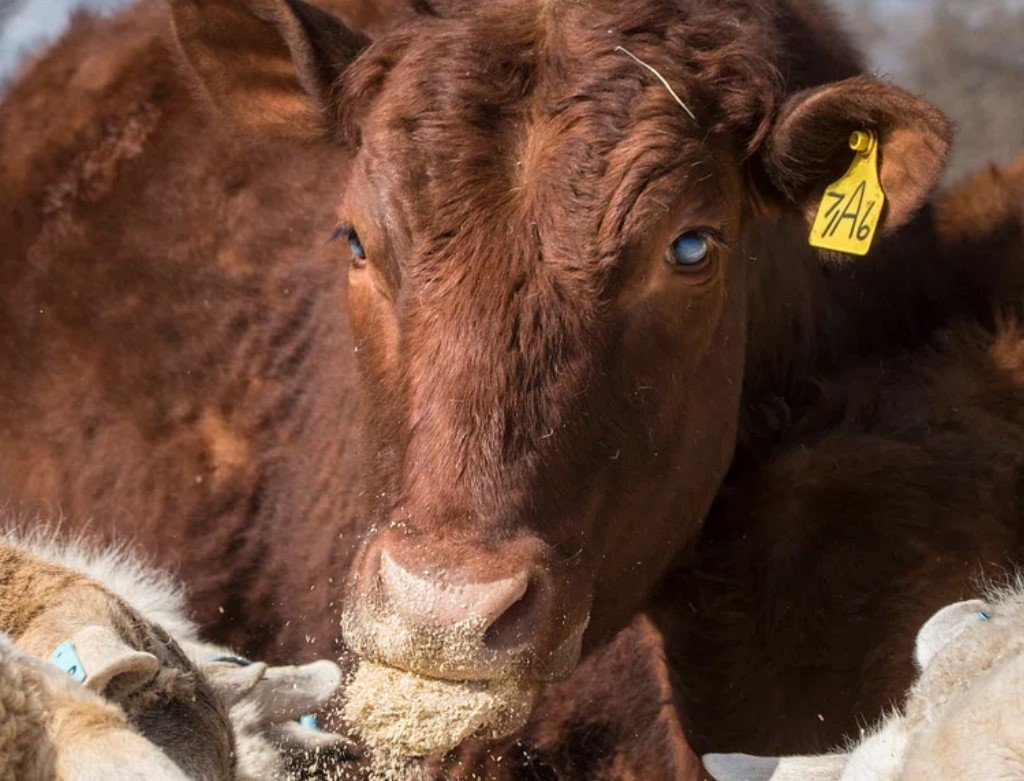In the realm of agricultural science, the health of livestock is paramount. A recent collaborative effort has shed light on the perplexing issue of liver abscesses in cattle—a condition that not only affects animal welfare but also poses significant economic challenges to the industry.
The development of liver abscesses in cattle has long been a topic of concern for both veterinarians and cattle producers. The condition, often undetected until the animal is harvested, can lead to reduced growth, feed efficiency, and overall health. With economic losses estimated at up to $400 million annually, understanding the cause and development of liver abscesses is not just a scientific endeavor but a financial imperative.

Recent studies have focused on creating reliable models to simulate the disease’s progression. These models are crucial for identifying potential triggers and developing effective prevention strategies. The collaboration between USDA’s Agricultural Research Service and various universities aims to create a comprehensive approach to tackling this issue.
The Challenge of Diagnosis and Treatment
One of the most significant hurdles in addressing liver abscesses in cattle is the difficulty of diagnosis. The disease’s complexity means that, historically, accurate prediction and diagnosis have been elusive. The collaborative research efforts are therefore not only about prevention but also about improving our ability to detect the condition in its early stages.
The primary method of prevention has been the use of in-feed antibiotics. However, with increasing public scrutiny over antibiotic use, researchers are seeking alternative interventions. These include nutritional management strategies that could provide a sustainable solution to this pervasive problem.
A Collaborative Future for Cattle Health
The implications of this research extend beyond the immediate goal of preventing liver abscesses. It represents a broader move towards collaborative science, where multiple institutions join forces to address complex agricultural challenges. The knowledge gained from these studies promises to enhance our understanding of cattle health and pave the way for innovative treatment methods that align with public health concerns and animal welfare.
















